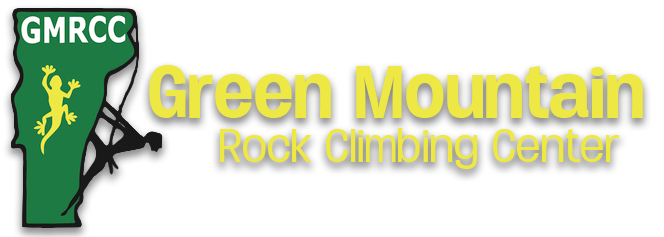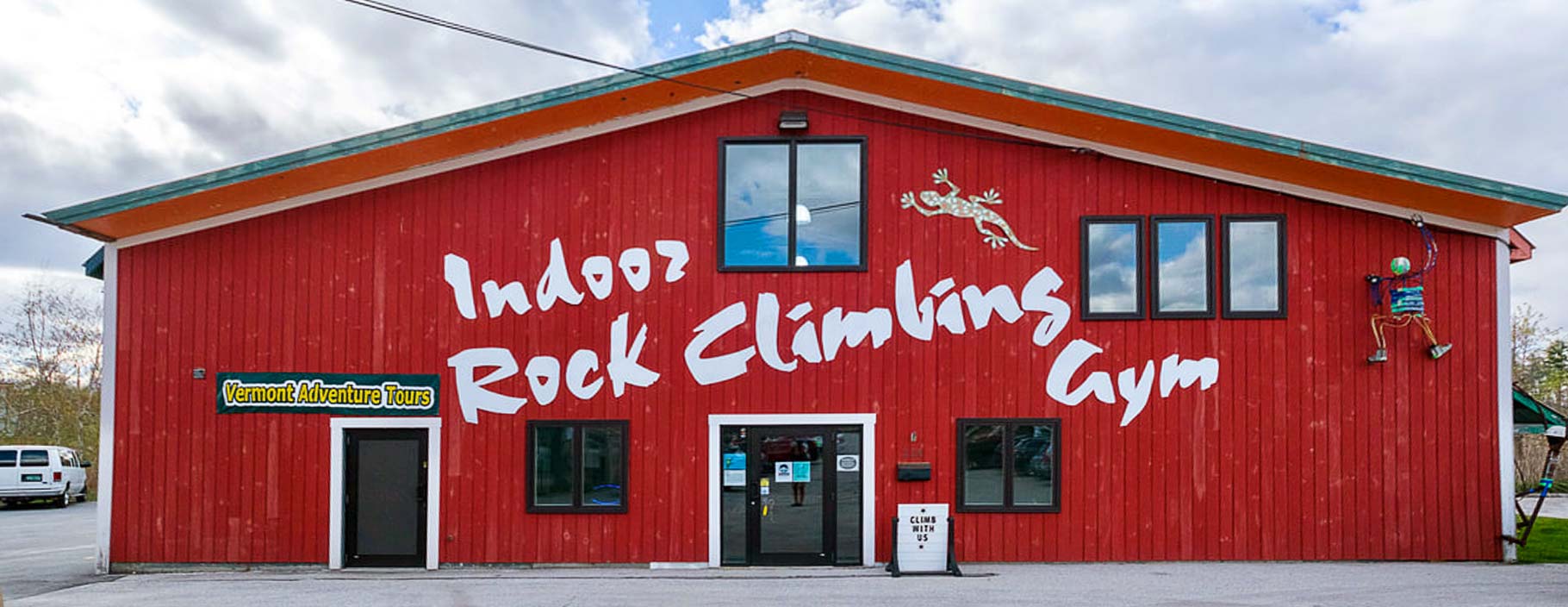First Time Here
Whether you are new to rock climbing or just new to our gym… WELCOME!
Before you walk onto the floor of the rock gym, we need you to:
- Fill out our Facility Waiver
- Let us help you figure out what Rate or Membership option works best for you
- Have a staff member check belay technique. If you are sure you need a refresher or lesson let us know upon arrival.
Belay Policy
Belaying is the act of holding and adequately operating the ropes that will secure a climber if he or she falls.
All belayers at G.M.R.C.C. are required to pass a belay certification BEFORE being allowed to belay on site. All belayers must demonstrate proficiency (as determined by our staff members) in the B.U.S. (Brake, Under, Slide) technique as well as tie a properly re-traced figure 8 knot; this is the accepted industry standard and substituting methods will not be tolerated.
Belay Checks
GMRCC will check every person’s ability to belay upon their first visit into the gym.
Belay Lessons
All belayers that have not belayed in the past six months will be required to take a new belay lesson in the interest of safety. Additionally, only G.M.R.C.C. staff will be permitted to teach technical skills such as belaying or knotwork on the property. Failure to follow these guidelines will result in the loss of belay privileges at G.M.R.C.C. facilities until a new belay lesson is taught.
We will cover how to tie the ‘Re-Routed Figure 8’ Knot properly; how to belay using the B.U.S. or (P.L.U.S.) Belay Method; how to perform proper System Checks and Climbing Commands. Depending on how quickly the skills are learned, group size, and previous knowledge, the lesson can be anywhere from 15 minutes to an hour.
Belay Refreshers
If it has been a while since you’ve visited? A check of your belay technique to see if you need to upgrade to a refresher during your visit. If you know your stuff, this should only take a few minutes!
Remember, we are here to limit your risk! When in doubt, ask a staff member. We are happy to help!
BELAY LESSONS ARE TAUGHT BY GMRCC STAFF.
Once You’re Ready to Climb:
- Climbing and facility etiquette must be certified to belay before connecting to a rope system
- No running in the facility.
- No cell-phone use while belaying or climbing.
- Do not climb under another climber.
- No food or drinks in the climbing areas.
- No loose chalk.
- Say hello, make new friends!
Taping/Route ID System
We use a taping system to discern each climbing route. Start hold(s) of a climb are marked with two pieces of tape angling or pointing to the holds. The goal is to follow a specific color of tape (grade); climbing holds are a uniform color for a specific climd as means of indication for each route.
Climbing Scales
In our facility, we use the Yosemite Decimal Grading System. We have top-roping climbs rated 5.5 through 5.13s, and the occasional 5.14. For our bouldering caves and routes alike, we have our very own G (gecko) scale, designed for younger or beginner climbers: G8 & G9s. Then we go into the V Scale of bouldering. We feature V0 through V8s!

